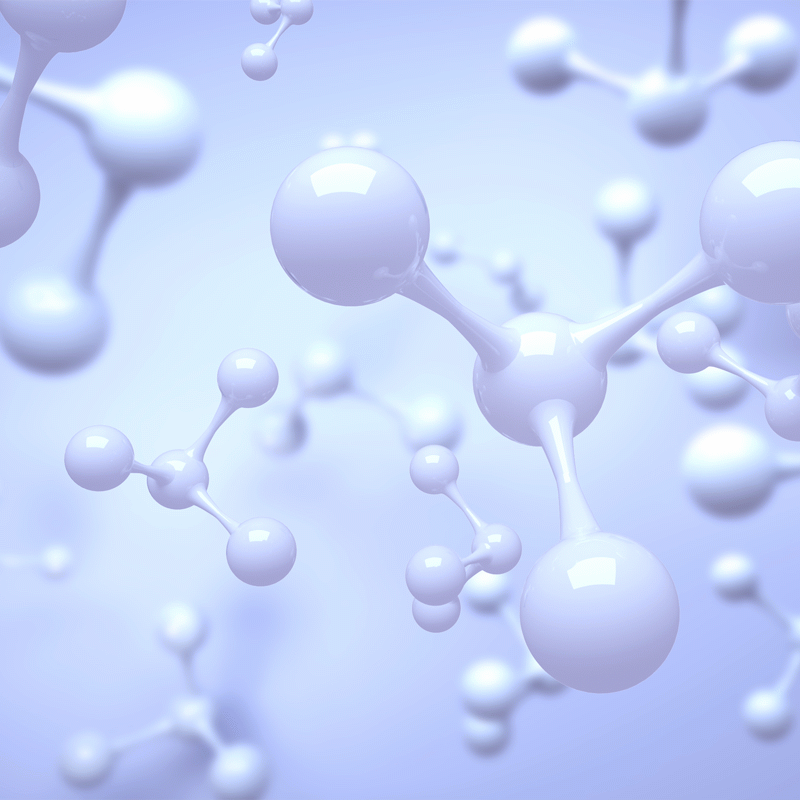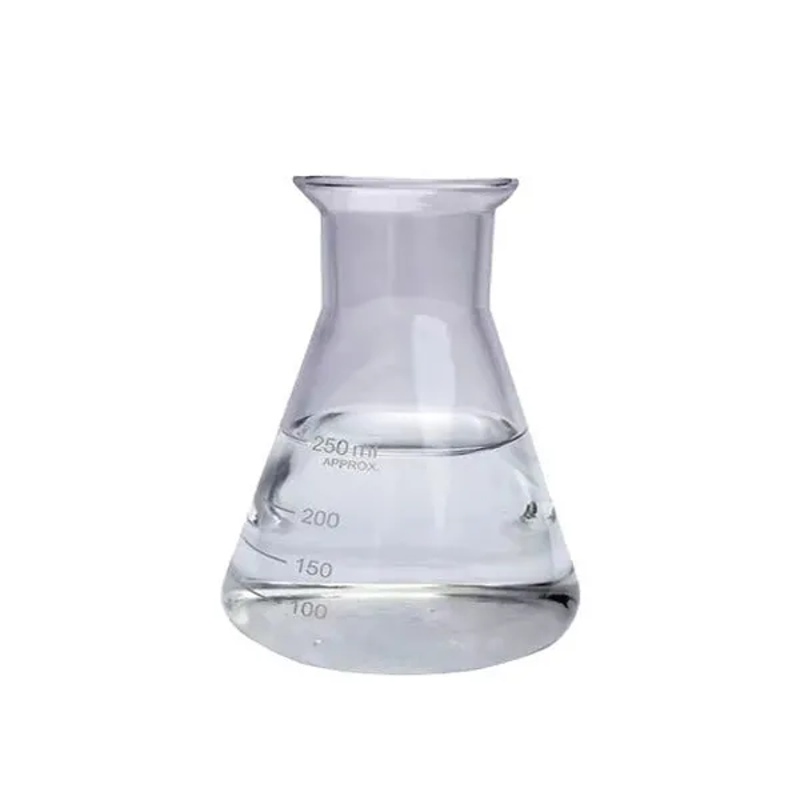-
Categories
-
Pharmaceutical Intermediates
-
Active Pharmaceutical Ingredients
-
Food Additives
- Industrial Coatings
- Agrochemicals
- Dyes and Pigments
- Surfactant
- Flavors and Fragrances
- Chemical Reagents
- Catalyst and Auxiliary
- Natural Products
- Inorganic Chemistry
-
Organic Chemistry
-
Biochemical Engineering
- Analytical Chemistry
-
Cosmetic Ingredient
- Water Treatment Chemical
-
Pharmaceutical Intermediates
Promotion
ECHEMI Mall
Wholesale
Weekly Price
Exhibition
News
-
Trade Service
N,N-Diethylacetamide (DEA) is a commonly used solvent and reagent in the chemical industry.
It is known for its ability to dissolve a wide variety of substances, including fats, oils, and resins, and is used in the production of a range of products, including perfumes, dyes, and pharmaceuticals.
While DEA is generally considered safe when used properly, there are some concerns about its potential health effects, particularly in relation to its potential to cause cancer.
In this article, we will examine the safety of DEA in the chemical industry and the measures that are taken to ensure the safe handling and use of this chemical.
One of the primary concerns with DEA is its potential to cause cancer.
The International Agency for Research on Cancer (IARC) has classified DEA as a possible human carcinogen, based on studies that have shown an increased risk of cancer in workers exposed to high levels of DEA.
However, it is important to note that the risk of cancer associated with DEA is relatively low, and is generally considered to be outweighed by the benefits of using this chemical in the production of various products.
In order to minimize the risk of cancer and other health effects associated with DEA, it is important to handle this chemical carefully and follow all relevant safety guidelines.
This includes wearing appropriate protective gear, such as gloves and a respirator, and storing DEA in a secure location away from sources of ignition or heat.
It is also important to avoid exposure to DEA by inhaling its vapors or ingesting it, as these methods of exposure have been linked to an increased risk of cancer and other health problems.
Another concern with DEA is its potential to cause skin irritation and allergic reactions.
The chemical can cause redness, itching, and blistering of the skin, and can also cause respiratory problems, such as coughing and difficulty breathing, in some individuals.
To minimize the risk of skin irritation and allergic reactions, it is important to follow proper safety protocols, such as washing hands thoroughly after handling DEA and avoiding excessive exposure to the chemical.
In addition to its potential to cause cancer and skin irritation, DEA is also considered a potential environmental hazard.
The chemical can be harmful to aquatic life, and can cause damage to ecosystems when released into the environment.
As such, it is important to dispose of DEA properly, by following all relevant regulations and guidelines, and to take steps to minimize the risk of environmental contamination.
Overall, N,N-Diethylacetamide is a useful chemical in the production of a range of products, but it is important to handle it carefully and follow all relevant safety guidelines in order to minimize the risk of health and environmental harm.
While there are some concerns about the potential cancer-causing and allergenic effects of DEA, these risks are generally considered to be outweighed by the benefits of using this chemical.
By following proper safety protocols and disposing of DEA properly, it is possible to safely use this chemical in the chemical industry.







